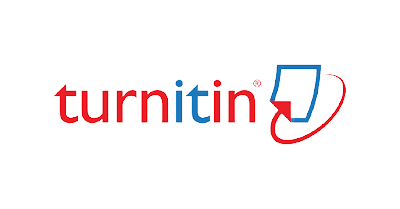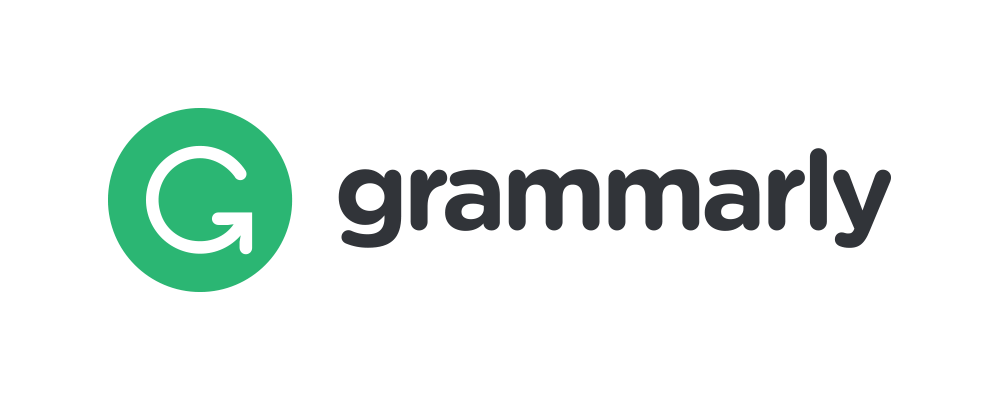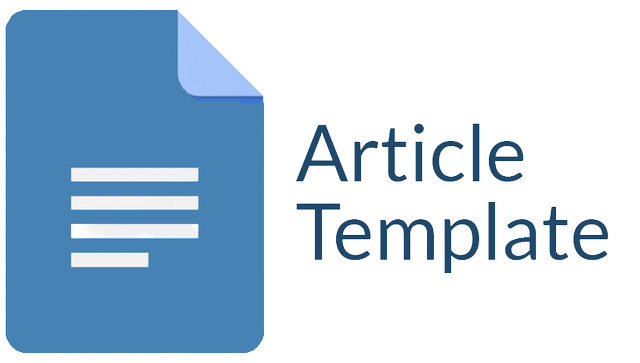ANALISIS PERBANDINGAN AKURASI K-NEAREST NEIGHBOR DAN NAÏVE BAYES UNTUK KLASIFIKASI DATA SERANGAN JARINGAN KOMPUTER
Abstract
Banyaknya organisasi maupun individu yang belum paham terhadap keamanan jaringan sehingga mendapatkan potensi serangan dan mengalami kerusakan sistem. Untuk melakukan pecegahan potensi serangan dikembangkan yaitu Intrusion Detection System (IDS). Dari beberapa metode non-machine learning yang digunakan belum akurat, sehingga memerlukan metode dengan machine learning yang lebih akurat untuk mendeteksi serangan. Untuk mengatasi permasalahan, dalam penelitian melakukan perbandingan menggunakan metode K-Nearest Neighbor dan Naïve Bayes untuk mendeteksi serangan jaringan komputer dengan optimal. Dalam penelitian ini, implementasi menggunakan metode K-Nearest Neighbor dan Naïve Bayes dalam mendeteksi serangan HTTPDoS dengan menggunakan dataset ISCX testbed 14 Juni 2012 yang terdiri dari 157.867 paket dan sebanyak 19 fitur. Penelitian ini menganalisis perbandingan metode yang akan dihasilkan dari proses klasifikasi dengan confusion matrix dan kurva ROC. Pada hasil akhir penelitian yang diperoleh adalah metode KNN menghasilkan persentase akurasi sebesar 99,994% dan memiliki kualitas klasifikasi data yang sangat baik dibandingkan persentase akurasi Naïve Bayes 39,885%.
Downloads
References
Caelen, Olivier. 2017. “A Bayesian Interpretation of the Confusion Matrix.” Annals of Mathematics and Artificial Intelligence 81(3–4).
Fibrianda, Mercury Fluorida, and Adhitya Bhawiyuga. 2018. “Analisis Perbandingan Akurasi Deteksi Serangan Pada Jaringan Komputer Dengan Metode Naïve Bayes Dan Support Vector Machine (SVM).” Jurnal Pengembangan Teknologi Informasi dan Ilmu Komputer II(9).
Al Fikri, Khashaaisha, and Djuniadi. 2021. “Keamanan Jaringan Menggunakan Switch Port Security.” InfoTekJar : Jurnal Nasional Informatika dan Teknologi Jaringan 5(2).
Kusy, Maciej, and Piotr A. Kowalski. 2018. “Weighted Probabilistic Neural Network.” Information Sciences 430–431.
Marcus, Ronald David, Hudan Eka Rosyadi, and Fandi Yulian Pamuji. 2021. “Prototype Sistem Administrasi Dan Keamanan Jaringan Komputer Berbasis DHCP Server Mikrotik.” Briliant: Jurnal Riset dan Konseptual 6(3).
Nugroho, Fendy Prasetyo, Robi Wariyanto Abdullah, Sri Wulandari, and Hanafi. 2019. “Keamanan Big Data Di Era Digital Di Indonesia.” Jurnal Informa 5(1).
Panggabean, Parningotan. 2018. “Analisis Network Security Snort Metode Intrusion Detection System Untuk Optimasi Keamanan Jaringan Komputer.” Jursima 6(1).
Purba, Winrou Wesley, and Rissal Efendi. 2021. “Perancangan Dan Analisis Sistem Keamanan Jaringan Komputer Menggunakan SNORT.” AITI 17(2).
Saputra, D Dio Azmi. 2019. “Keamanan Jaringan Komputer.” Keamanan Jaringan Komputer.
Sugiyono. 2018. Metode Penelitian Kualitatif, Kuantitatif, Dan R&D. CV.Alfabeta.
———. 2019. Metode Penelitian Kuantitatif, Kualitatif, Dan R&D. 1st ed. Bandung: Penerbit Alfabeta.
Triyansyah, D., and D. Fitrianah. 2018. “Analisis Data Mining Menggunakan Algoritma K-Means Clustering Untuk Menentukan Strategi Marketing.” InComTech 8(3): 163–82.
Zabar, Adzan Abdul, and Fahmi Novianto. 2015. “Keamanan Http Dan Https Berbasis Web Menggunakan Sistem Operasi Kali Linux.” Komputa : Jurnal Ilmiah Komputer dan Informatika 4(2).
Zeinali, Yasha, and Brett A. Story. 2017. “Competitive Probabilistic Neural Network.” Integrated Computer-Aided Engineering 24(2).
Zeng, Guoping. 2020. “On the Confusion Matrix in Credit Scoring and Its Analytical Properties.” Communications in Statistics - Theory and Methods 49(9).
Copyright (c) 2022 Muhammad Iqbal, Rd. Rohmat Saedudin, Muhammad Fathinuddin

This work is licensed under a Creative Commons Attribution-ShareAlike 4.0 International License.
Jurnal allows anyone to compose, correct, and do derivative works, even for commercial purposes, as long as they credit for the original work. This license is the freest. It is recommended for maximum distribution and use of licensed material.
The submitted paper is assumed not to contain any proprietary materials that are not protected by patent rights or patent applications; The responsibility for technical content and protection of proprietary materials rests with the authors and their organizations and not the responsibility of journal or its editorial staff. The primary (first/appropriate) author is responsible for ensuring that the article has been viewed and approved by all other authors. The author's responsibility is to obtain all necessary copyright waivers to use any copyrighted material in the manuscript before submission.
Jurnal Pendidikan, Sains dan Teknologi allows the author(s) to hold the copyright without restrictions and allow the author(s) to retain publishing rights without restrictions. Jurnal Pendidikan, Sains dan Teknologi CC-BY-SA or an equivalent license as the optimal license for the publication, distribution, use, and reuse of scholarly work. Jurnal Pendidikan, Sains dan Teknologi allows the author(s) to hold the copyright without restrictions and allow the author(s) to retain publishing rights without restrictions. Jurnal Pendidikan, Sains dan Teknologi CC-BY-SA or an equivalent license as the optimal license for the publication, distribution, use, and reuse of scholarly work.
In developing strategy and setting priorities Jurnal Pendidikan, Sains dan Teknologi recognize that free access is better than priced access, libre access is better than free access, and libre under CC-BY-SA or the equivalent is better than libre under more restrictive open licenses. We should achieve what we can when we can. We should not delay achieving free in order to achieve libre, and we should not stop with free when we can achieve libre.
Jurnal Pendidikan, Sains dan Teknologi is licensed under a Creative Commons Attribution-ShareAlike 4.0 International License.
You are free to:
- Share a copy and redistribute the material in any medium or format
- Adapt a remix, transform, and build upon the material for any purpose, even commercially.
- The licensor cannot revoke these freedoms as long as you follow the license terms.






